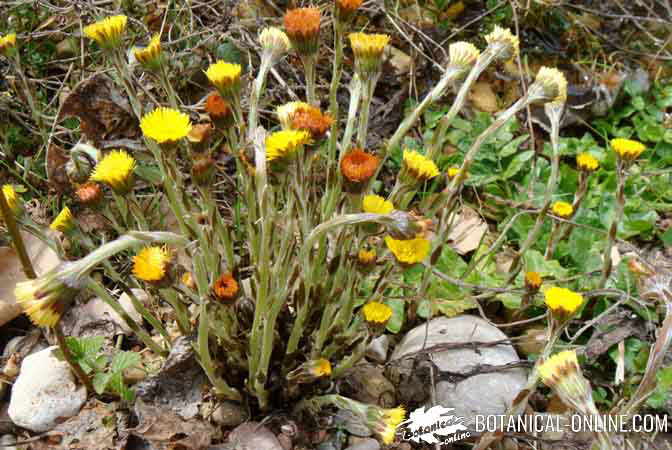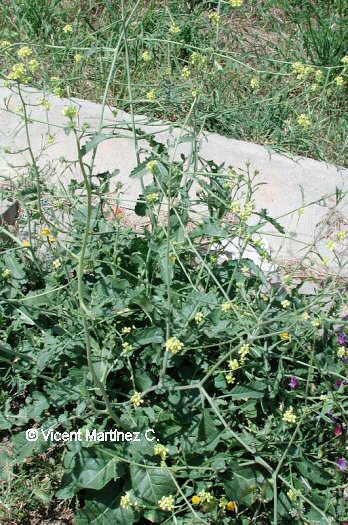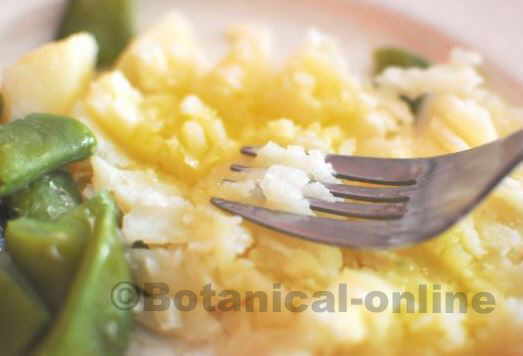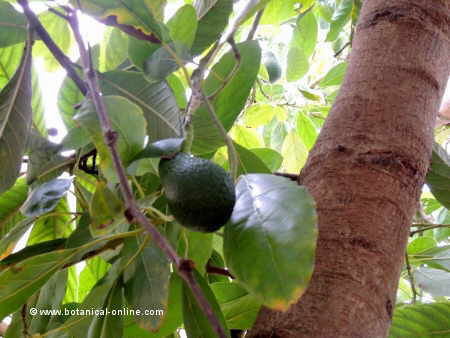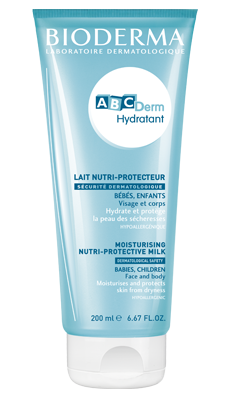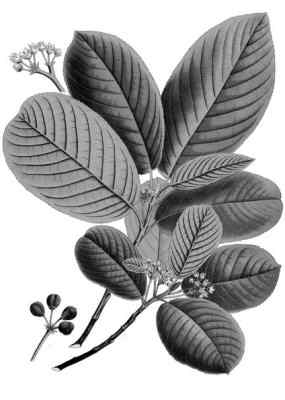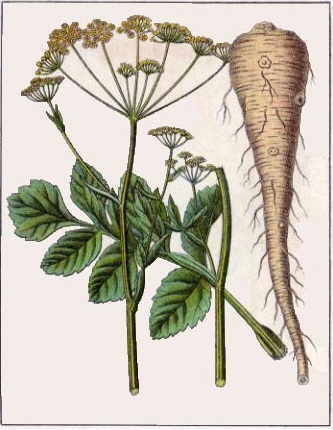Contents
- 1 Nutritional value of chickpeas as food
- 1.1 Are chickpeas rich in proteins?
- 1.2 Chickpeas, a very caloric food, specially rich in carbohydrates
- 1.3 Are chickpeas fattening?
- 1.4 Chickpeas in the diet to lose weight
- 1.5 Chickpeas when craving for food
- 1.6 Chickpeas are highly digestible
- 1.7 Chickpeas are very rich in calcium
- 1.8 THE BEST CHICKPEAS
- 1.9 How to store and maintain raw and cooked chickpeas?
- 1.10 Contraindications and toxicity of chickpeas
- 1.11 Myths about legumes
- 1.12 Main components of chickpeas
Nutritional value of chickpeas as food
Are chickpeas rich in proteins?
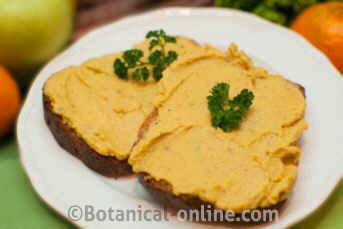
Photo of hummus of chickpeas with sesame, a vegetable paté rich in proteins
The protein content of chickpeas is somewhat lower than other legumes although they are relatively abundant. Chickpea shows deficits in methionine and cysteine and to a lesser extent tryptophan.
Formerly it was thought that the vegetable protein of the chickpeas was of very low quality, but at the present time, a more detailed analysis of these foods has demonstrated that the chickpeas contain all the amino acids in very high proportions (although inferior to the animal protein)
It is important to combine these with other foods containing these principles, so they can complement them. The combination of chickpeas and cereals is interesting for this purpose.
To get the most complete vegetable protein can be combined with rice, couscous or with seeds (sesame, nuts, etc.), which provide a lot of methionine and cystine. It is not necessary that this combination occurs in the same food, but you can consume these foods throughout the day.
Therefore, a bowl of chickpeas can replace the animal protein of a meal of the day. In addition the advantage of obtaining proteins from chickpeas instead of meats is that their protein richness is accompanied by a wealth of minerals such as magnesium, potassium, calcium and vitamins already mentioned.
Chickpeas, a very caloric food, specially rich in carbohydrates
Chickpeas contain more than 60% of carbohydrates, which coupled with its high fat content (compared with other legumes) are the two components that provide great energy. (Over 360 kcal/100g). The calorie level of chickpea is somewhat higher than the average of legumes (355 kcal), although somewhat lower than other plant foods (soy with 416 kcal).
Leaving aside the mere statistics, we can say that legumes generally have a high calorific value which can be very interesting as a food source for people who perform heavy physical exertion, as workers, athletes or in the diet of young people, who require much energy.
Moreover, these same characteristics determine to be consumed with caution when you want to dieting or in case of obesity.
Are chickpeas fattening?
To maintain an ideal weight is very important to maintain the feeling of fullness for a long time, which will not force us to snack between meals.
Unlike other foods that cause a sudden rise in sugar level, that is to say they force the body to burn a lot of sugar in a short time, chickpeas maintain very stable these levels which determines that the organism can be satiated for a long time.
Therefore, they are ideal in the feeding of children so they can have enough energy in their games, in the diet of people who perform some physical exercise or simply in all people who want to stay satisfied, without feeling hungry soon after eating.
In this sense the consumption of peas can be useful for the slimming regimes given that, by keeping hunger under control, it does not force us to eat other foods with much more calories…
Chickpeas in the diet to lose weight
Does the high caloric content of chickpeas imply we should abstain from eating them?
Absolutely not, although we must eat them rationally, in the adequate amount, especially when combined with other foods high in calories as starches, sugars, fatty meats, etc..
Chickpeas have slow absorption carbohydrates (complex carbohydrates), so that, for weight loss diets, we can perfectly eat this food.
Chickpeas can help keep hunger away for a few hours without being forced to eat other foods that do not keep us satisfied. This is due to the ability of complex carbohydrates to maintain glucose levels at the appropriate level to avoid feeling hungry between meals, which is very suitable for people who want to make weight loss diets.
Similarly, in case of diabetes, a judicious use of this legume, like other legumes, can help keep glucose levels stable because sugars in these are slowly absorbed.
* More information: Chickpeas for weight loss
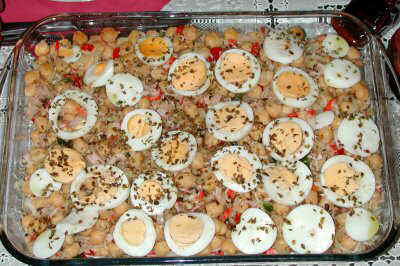
Chickpeas go well with other foods such as vegetables and eggs. In the picture a salad of chickpeas.
Chickpeas when craving for food
Chickpeas are a very satiating food that has been recommended to people with food anxiety problems, craving for food . They can replace other products that would be unhealthy or recommendable.
* More information: Chickpeas for the desire to eat
Chickpeas are highly digestible
Among legumes, chickpeas are the best digested. The reason for this property is that they contain fewer oligosaccharides, so they do not require as much insalivation as other vegetables to be digested.
Its good digestibility is the reason why chickpeas, unlike beans, for example, produce little flatulence.
This ability to be well digested it is what allows chickpeas to be used to make pureed dishes from chickpea flour. This type of flour is very common in Asian cuisine which uses it to prepare exotic recipes in which chickpeas give the so characteristic texture and flavor.
* Related information:
– How to make chickpeas more digestible
– Chickpeas for gastritis and ulcer
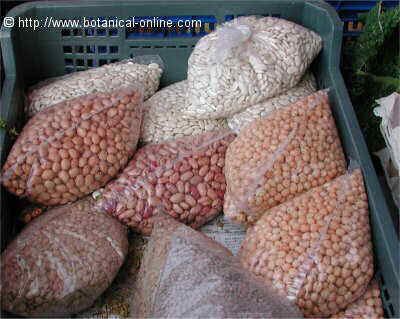
In the picture: different vegetables intended for sale: beans, chickpeas and lentils.
Chickpeas are very rich in calcium
Chickpeas are one of the most calcium-rich legumes. A bowl of chickpeas contains more than 100 mg of calcium, that is, an amount equivalent to a glass of milk.
If combined with other seeds rich in calcium, such as sesame (in the famous tahini paste used for hummus), it is a very good source of this mineral.
In addition chickpeas contain other nutrients for the bones, such as proteins, magnesium, potassium, boron, etc. that make it an excellent bone food.
THE BEST CHICKPEAS
On the market a variety of chickpeas are presented in different ways. We can buy them packaged or in bulk. If we go to the street markets, they are usually distributed unpacked, while in the stores or department stores, they are generally sold packaged.
It is important to buy good quality chickpeas. They must not show spots or dots of different colors that may indicate that they are in poor condition by improper storage.
The best chickpeas are those with a uniform size, with smooth skin and natural color.
How to store and maintain raw and cooked chickpeas?
Chickpeas must be stored in a cool, dry place, raw chickpeas can endure for long.
We also have the option to cook and store them in the refrigerator for about 4 or 5 days days, conveniently stored in an airtight container.
We can even cook and freeze chickpeas in the fridge, so they can hold out for much longer. Prepared in this way, we can dispose of chickpeas for more than four months. Later, after being thawed, they will again be ready to be eaten.
Contraindications and toxicity of chickpeas
Important note: Chickpeas, like all other legumes, except sprouts, should not be eaten raw. Raw chickpeas contain toxins that are removed after being soaked and boiled in plenty of water.
Ingestion of cakes made with chickpea flour cooked in the oven without water may be responsible for cases of neurolatirism.
Myths about legumes
Chickpeas, like other legumes, are very healthy foods, both for human consumption and for the health of the planet. Despite this, unfortunately, its consumption among the population is much lower than desired. It would be advisable for health and for ecology, that people consume more vegetables and less meat.
Unfortunately, there are many rumors about eating legumes that distract consumers: you can eat legumes every day, they are very nutritious and healthy. They can also be eaten by people with diabetes, who will have a lot of benefits. It is necessary to eliminate any doubt that can reduce its consumption:
Main components of chickpeas
The following table shows the nutritional composition of chickpeas.
| Chickpea composition per 100 g | |
| Water | 11, 53 g |
| Calories | 364 Kcal |
| Fat | 6, 04 g |
| Protein | 19, 30 g |
| Carbohydrates | 60, 66 g |
| Fiber | 17, 4 g |
| Potassium | 875 mg |
| Sodium | 24 mg |
| Phosphorus | 366 mg |
| Calcium | 105 mg |
| Copper | 0,847 mg |
| Magnesium | 115 mg |
| Manganese | 2, 204 mg |
| Iron | 6, 24 mg |
| Zinc | 3, 43 mg |
| Selenium | 8,02 mcg |
| Vitamin C | 4, 0 mg |
| VitaminB1 (Thiamin) | 0, 477 mg |
| Vitamin B2 (Riboflavin) | 0, 212 mg |
| Niacin | 1,54 mg |
| Folacin | 557 mcg |
| Vitamin B6 (Pyridoxine) | 0, 535 mg |
| Vitamin A | 67 IU |
| Vitamin E | 0, 820 mg |
![]() More information on chickpeas
More information on chickpeas

